The Impact of Social Media on Art and Culture
The rise of social media platforms such as Instagram, Twitter, and Snapchat has had a profound impact on the way art and culture are experienced today. Through these platforms, artists can share their work with a much larger audience than ever before, and art is consumed in a much different way than in the past. This shift has both positive and negative implications, and has had a noticeable effect on the cultural landscape.
The Way Art is Created and Shared
Social media platforms have changed the way art is created and shared. Artists have access to a larger potential audience than ever before, and can easily share their work with followers from around the world. This has allowed artists to reach a much bigger audience, and to gain recognition and support for their work. Additionally, artists can connect with other artists and potential collaborators, as well as receive feedback from viewers.
The Way Art is Consumed
Social media has also changed the way art is consumed. Artwork can now be accessed with a few clicks, and can be shared and discussed quickly and easily. This has led to a much more immediate and interactive experience for viewers, and has allowed art to reach a much wider audience than before. Additionally, viewers can often connect directly with the artist, which can lead to deeper and more meaningful interactions.
The Impact on Traditional Forms of Art
The rise of social media has had an impact on traditional forms of art, such as painting and sculpture. Many of these forms of art are now being replaced by digital forms, such as photography and video. This has allowed artists to experiment with different mediums and to create art that can reach a much wider audience. Additionally, some traditional forms of art have been adapted and used in new ways on social media platforms, such as painting and sculpture being used to create digital images.
The Potential Positive and Negative Implications
The shift to social media platforms has had both positive and negative implications. On the one hand, it has allowed art to reach a much larger audience, and to be consumed more quickly and easily. It has also allowed artists to connect with each other and to collaborate in new ways. On the other hand, it has led to a homogenization of art, as the same images and styles are shared and viewed by millions of people. Additionally, it has caused traditional forms of art to be pushed aside, as digital mediums become more popular.
The Impact on the Cultural Landscape
The impact of social media on the cultural landscape has been significant. It has allowed art to reach a much wider audience, and has allowed viewers to experience art in new ways. Additionally, it has led to the homogenization of art and has caused traditional forms of art to be pushed aside. This has had both positive and negative implications, and will likely continue to shape the way art is experienced in the future.
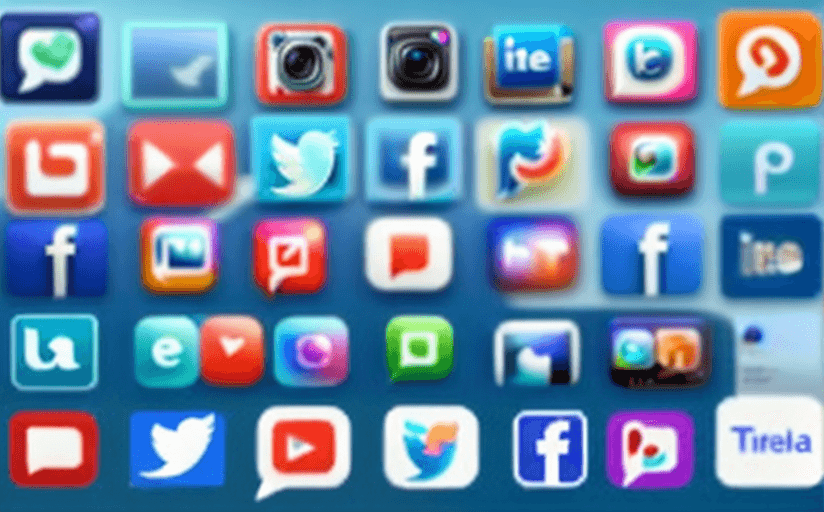
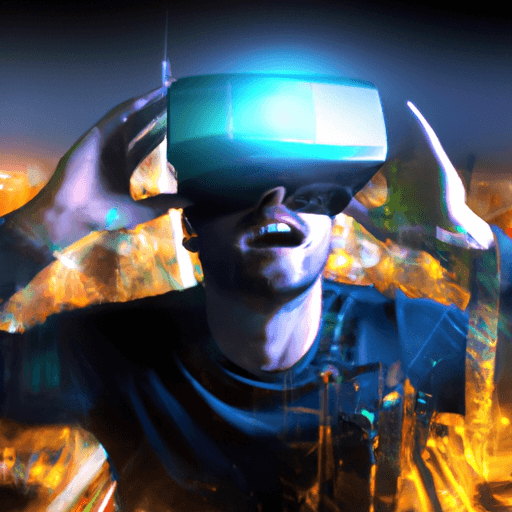
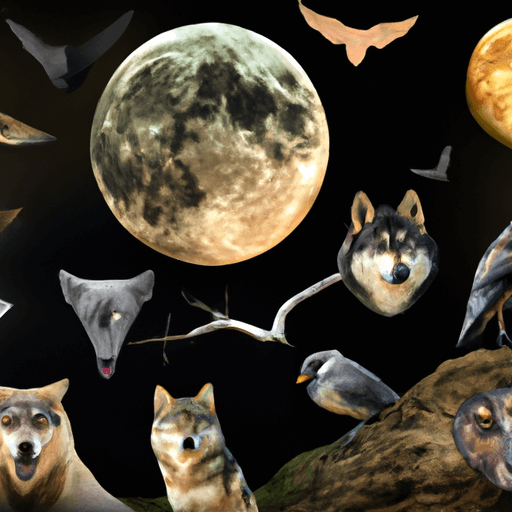
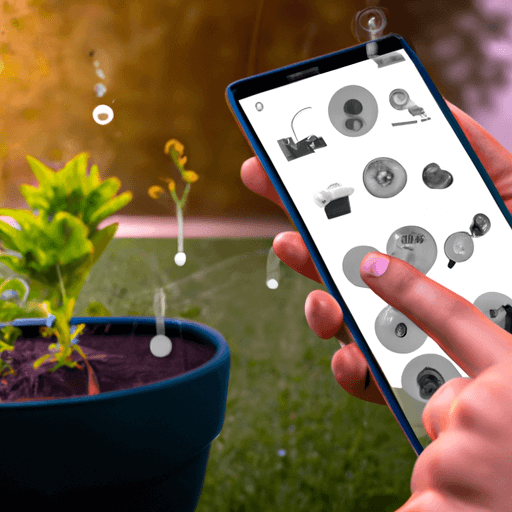
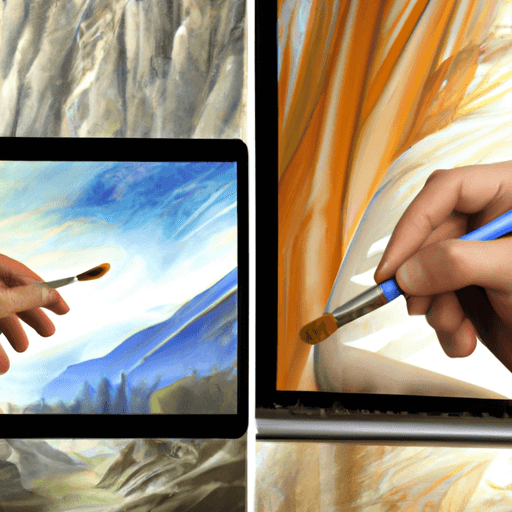
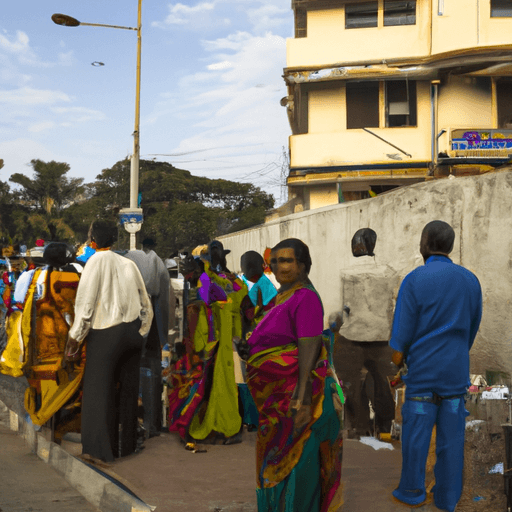
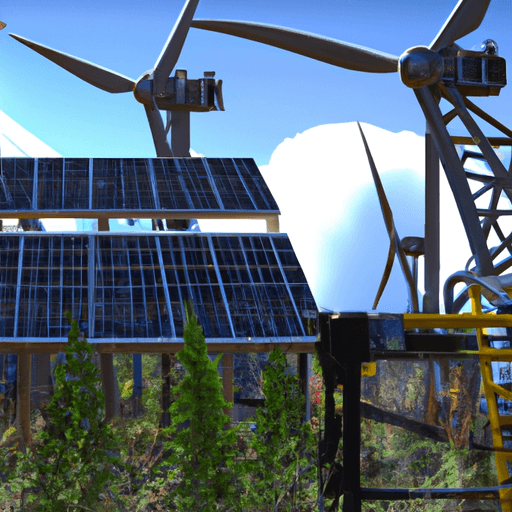

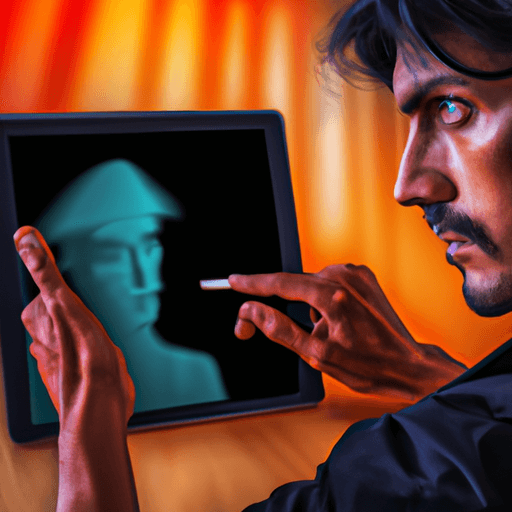

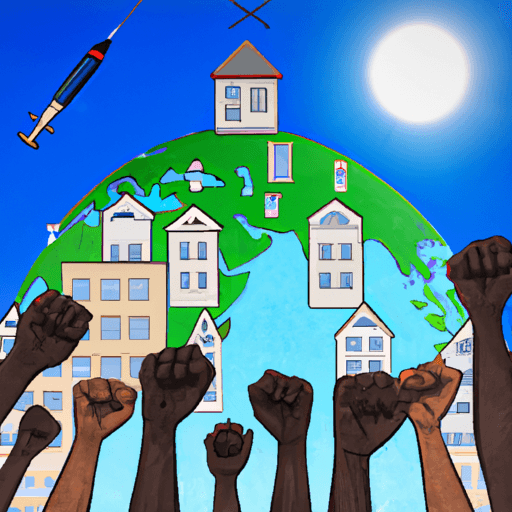
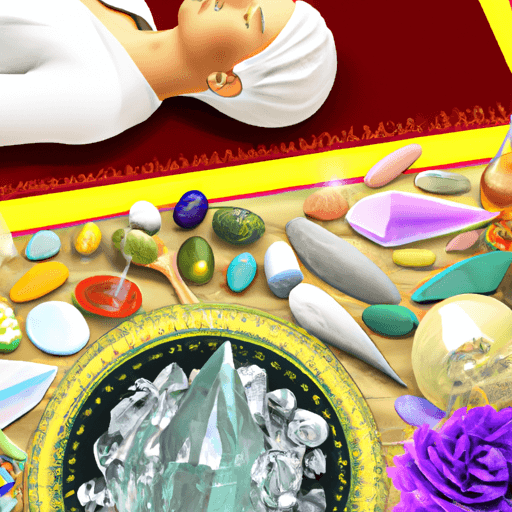
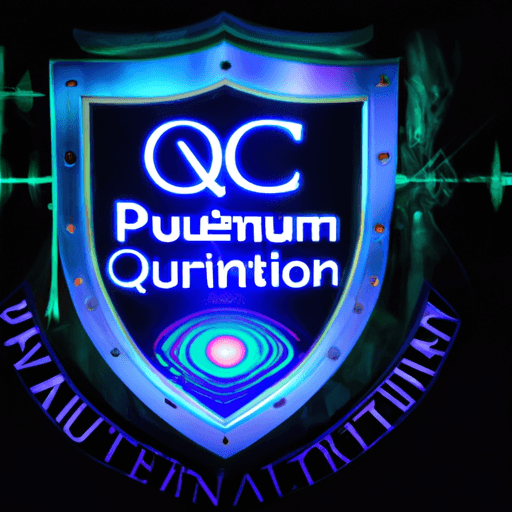
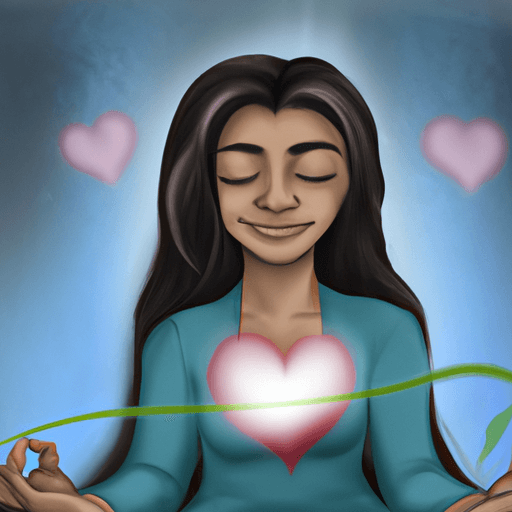
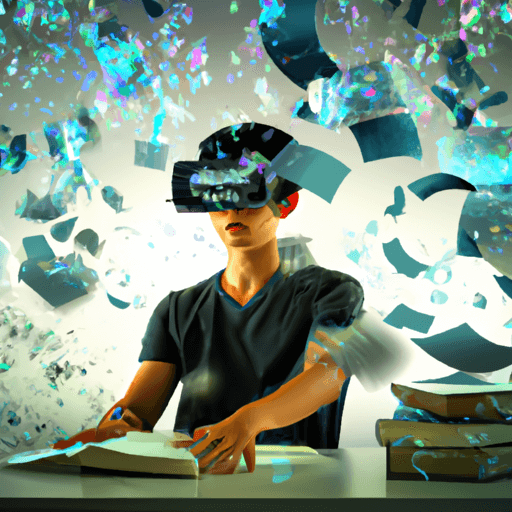
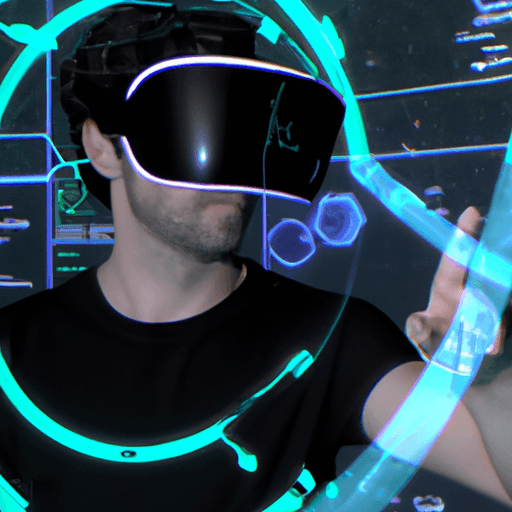
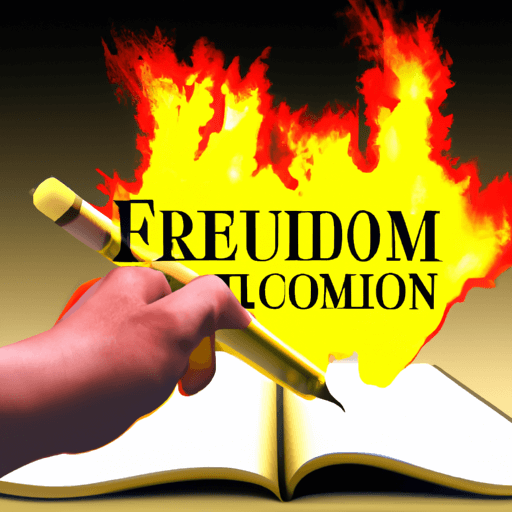
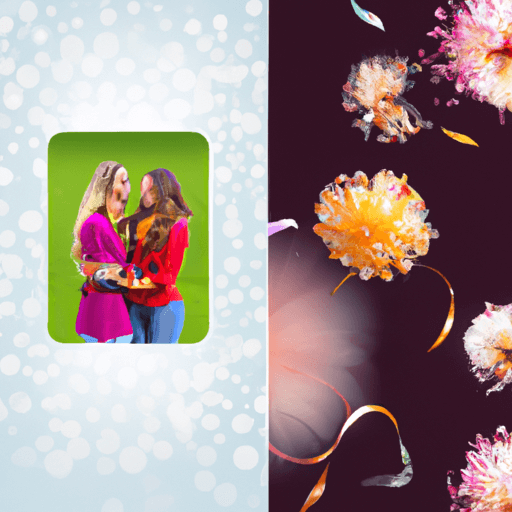
Comments
Leave a Comment